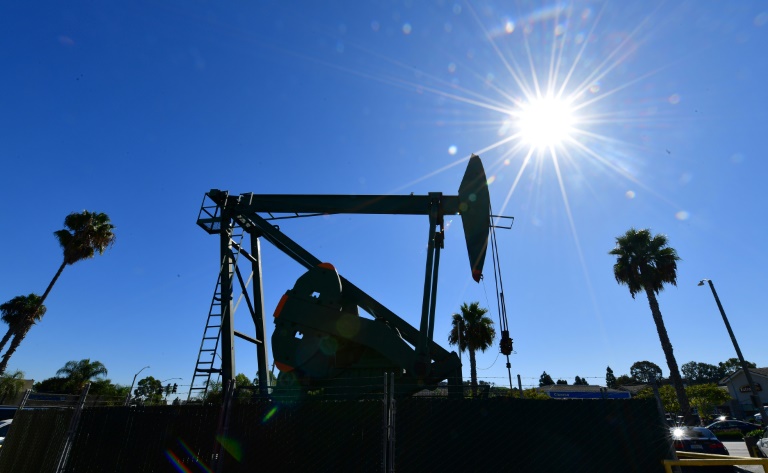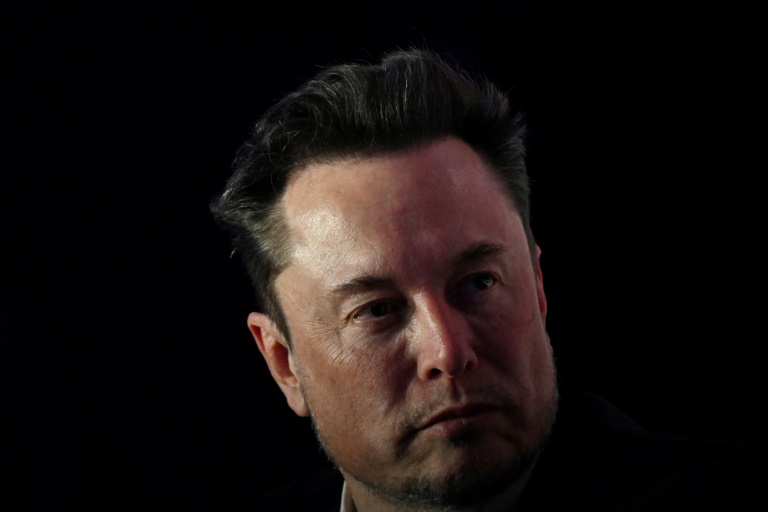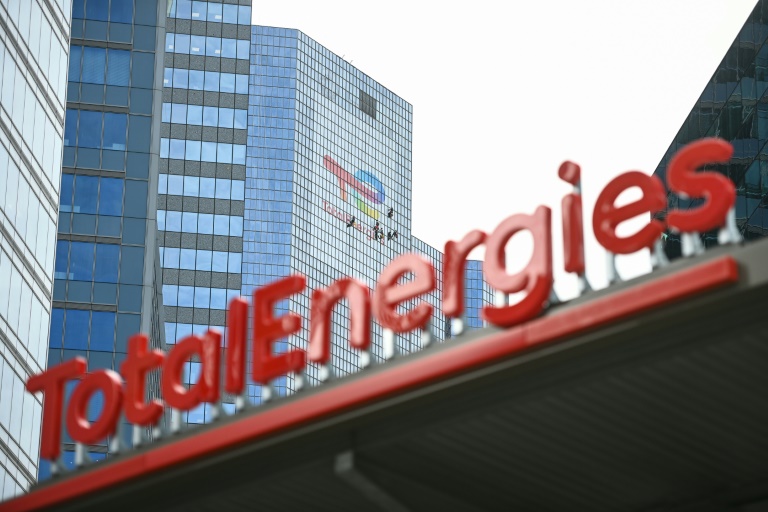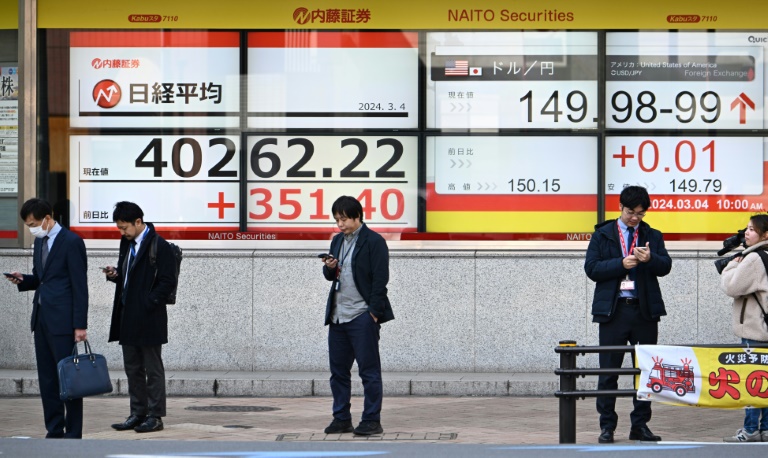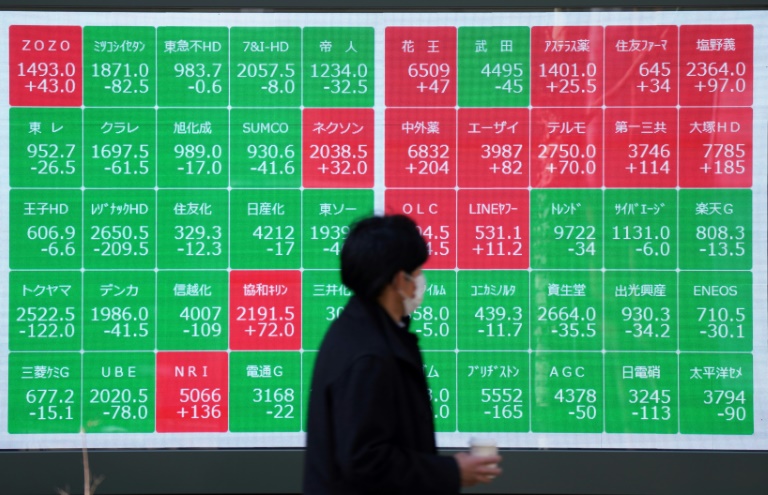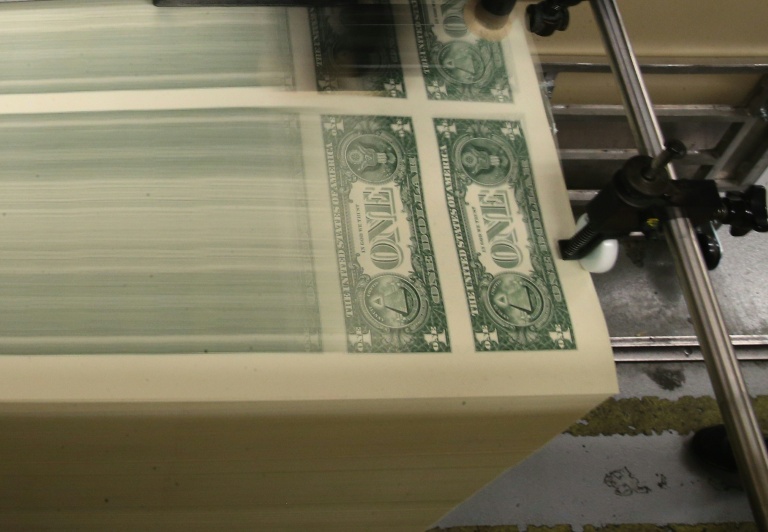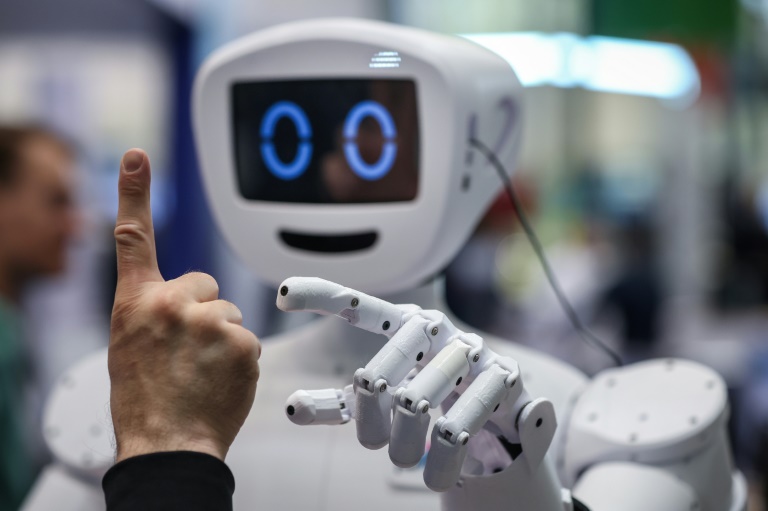In recent years, buying a new car has become increasingly expensive. The price hikes in the automobile industry have left many customers scratching their heads and wondering what has caused this surge. This article aims to shed light on the factors driving the price increase of new cars and explore the implications for consumers.
1. Inflationary Pressures
One of the main reasons behind the higher prices is inflation. Inflation erodes the value of money, leading to an increase in the overall cost of goods and services. The automotive industry is not immune to these inflationary pressures, as it relies on raw materials and labor, both of which have seen their costs rise over the years.
The increasing cost of raw materials, such as steel and aluminum, has a significant impact on car prices. These materials are essential for manufacturing vehicles, and any fluctuation in their prices directly affects the final cost of the product. Similarly, labor costs have been on the rise, especially in countries with higher minimum wages and tightening labor markets.
2. Technological Advancements
Another factor driving up the prices of new cars is the rapid pace of technological advancements. Modern vehicles are equipped with a wide range of sophisticated features and cutting-edge technologies. These include advanced safety systems, infotainment systems, and autonomous driving capabilities.
Implementing these technologies requires substantial investments in research and development, as well as the integration of hardware and software components. The costs associated with these advancements are often passed on to consumers, resulting in higher prices for new cars.
3. Regulatory Requirements
The increasing emphasis on safety and environmental regulations has also contributed to the price increase of new cars. Governments around the world have implemented stricter standards for fuel efficiency and emissions, forcing manufacturers to develop more fuel-efficient vehicles.
Complying with these regulations requires significant investments in new technologies and manufacturing processes. The costs of these changes are ultimately reflected in the prices of new vehicles, as manufacturers strive to recoup their investments.
4. Global Events and Supply Chain Disruptions
Global events, such as natural disasters or political unrest, can disrupt the supply chain and impact the prices of new cars. For example, a shortage of key components or raw materials due to a natural disaster can lead to a decrease in supply and an increase in prices.
Similarly, trade disputes and tariffs can disrupt international supply chains, increasing the costs of imported components and raw materials. These added costs are typically passed on to consumers in the form of higher car prices.
The price increase of new cars in recent years can be attributed to a combination of factors, including inflationary pressures, technological advancements, regulatory requirements, and global events. While these factors may be beyond the control of manufacturers, it is essential for consumers to understand the underlying reasons behind the rising prices.
As car prices continue to climb, it becomes increasingly important for buyers to research their options and consider factors such as depreciation, fuel efficiency, and long-term maintenance costs. By doing so, consumers can make informed decisions and find the best value for their money in this challenging market.











